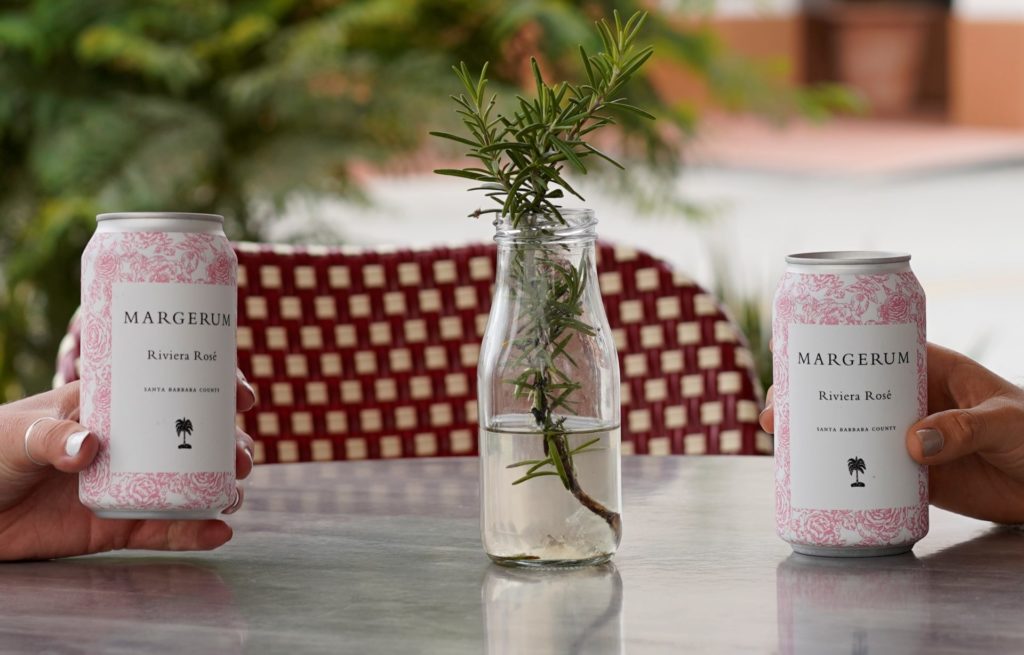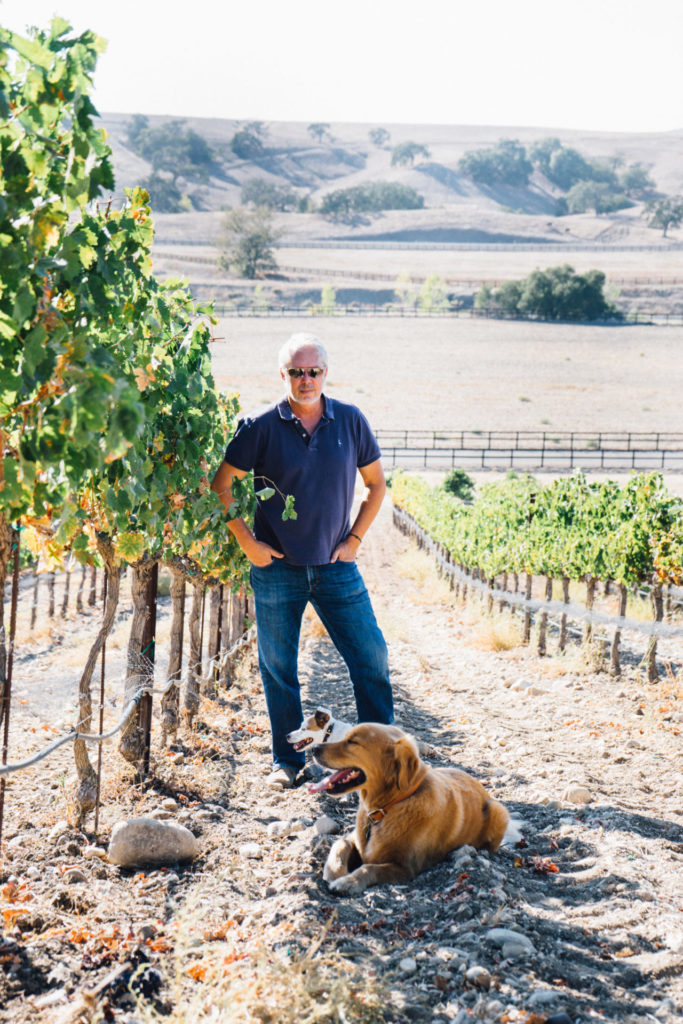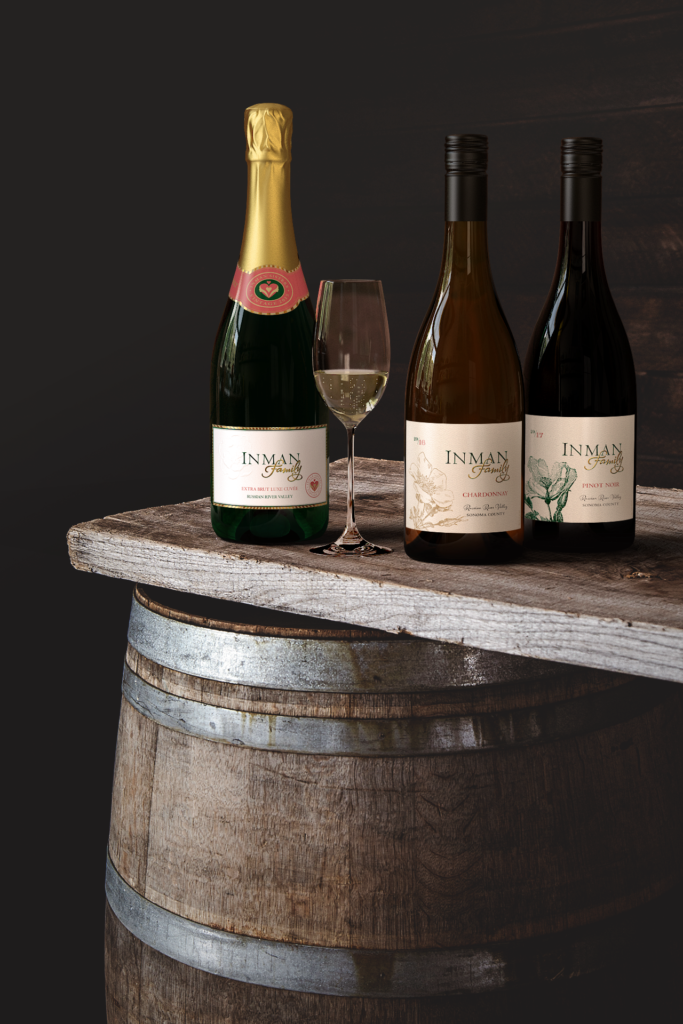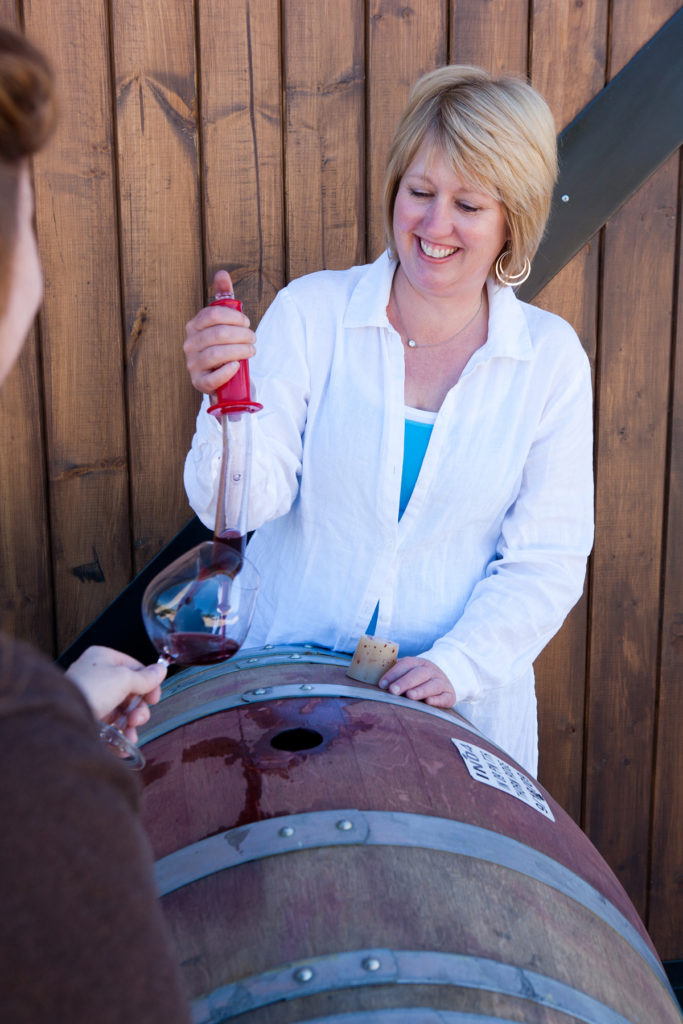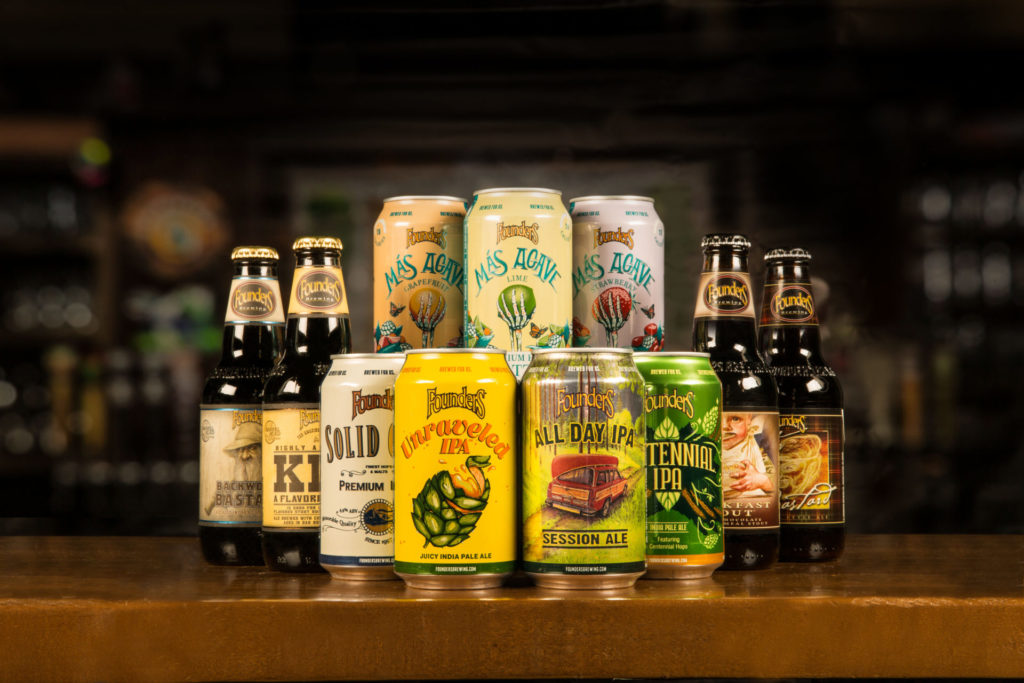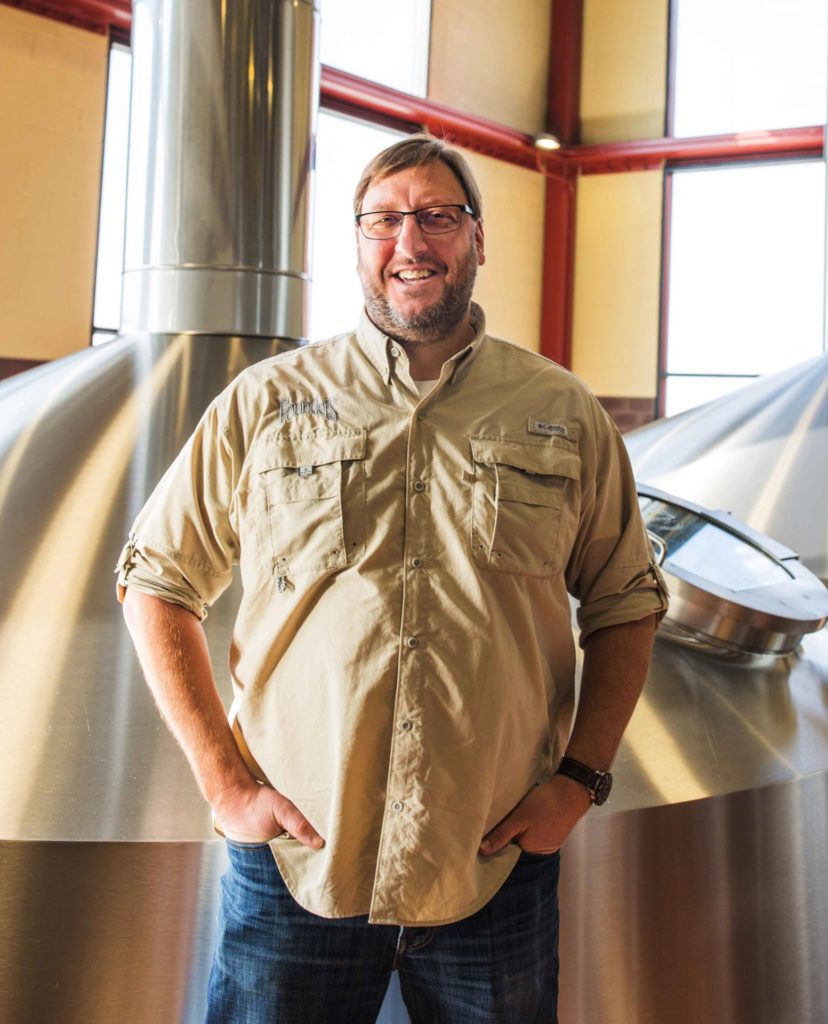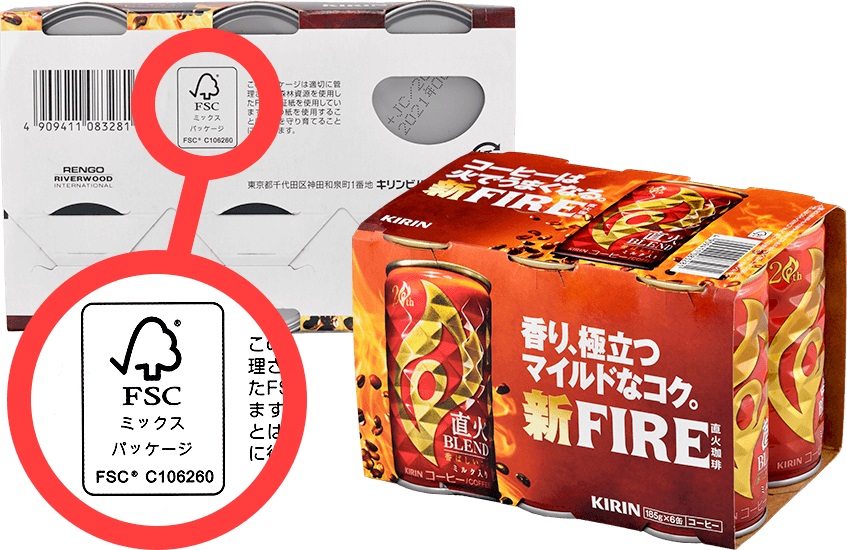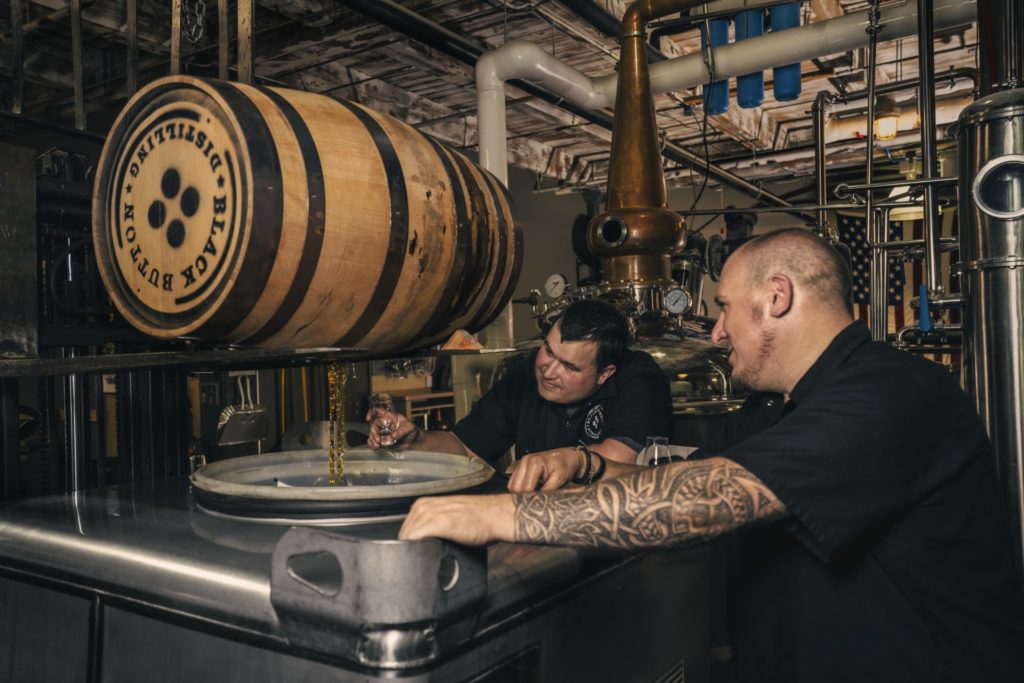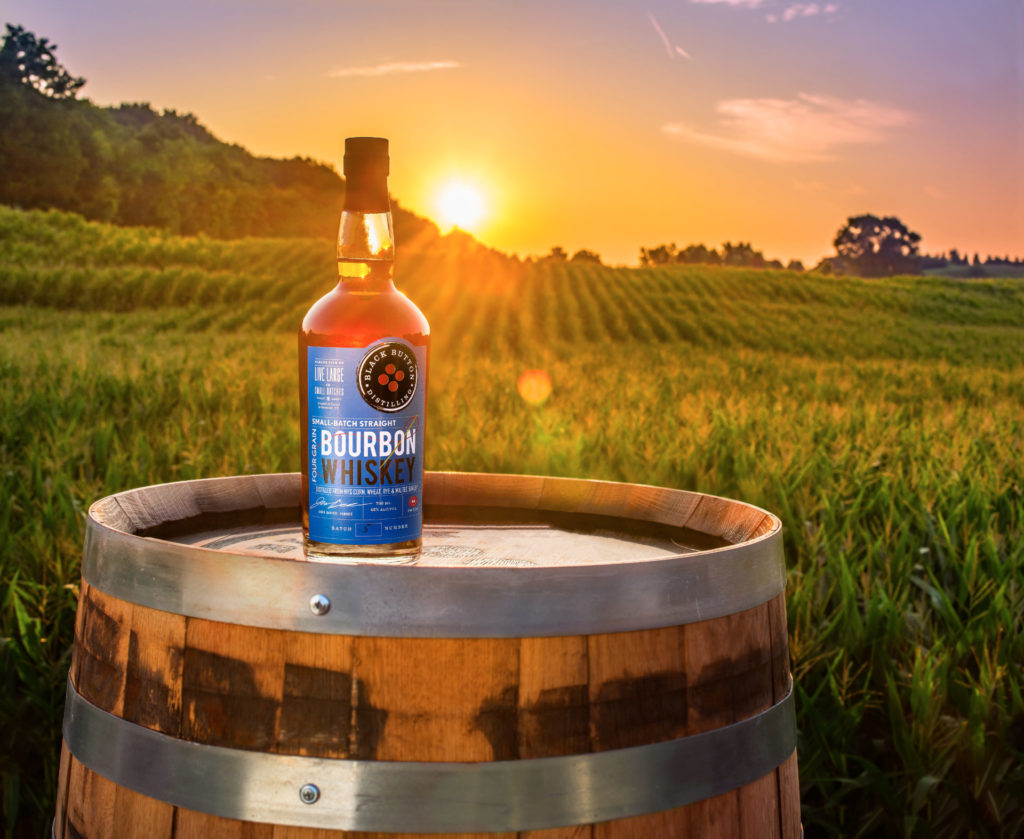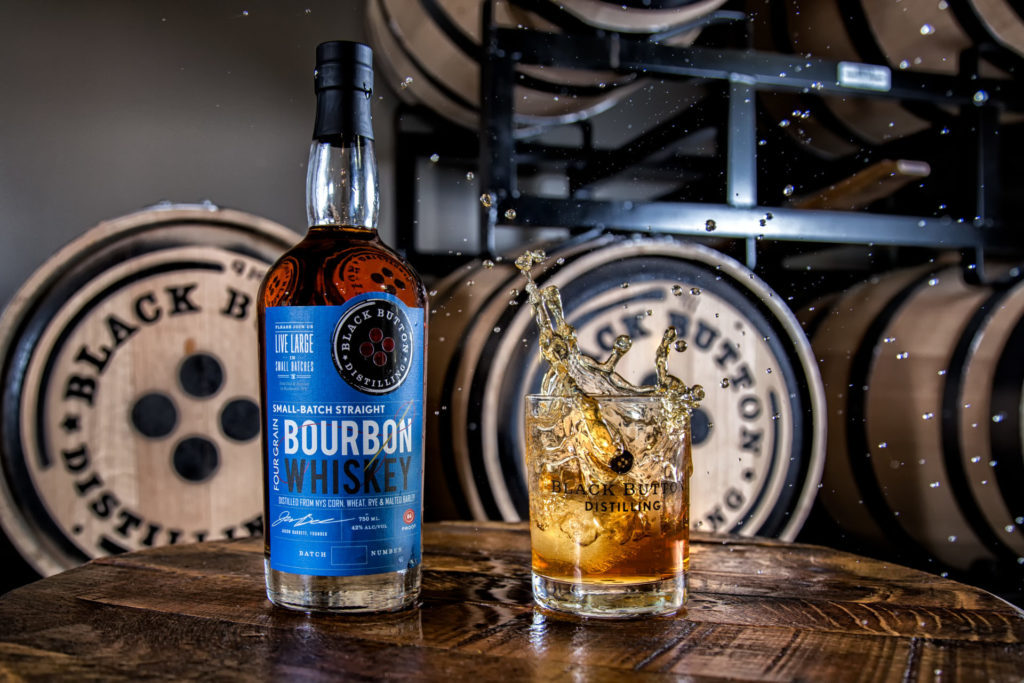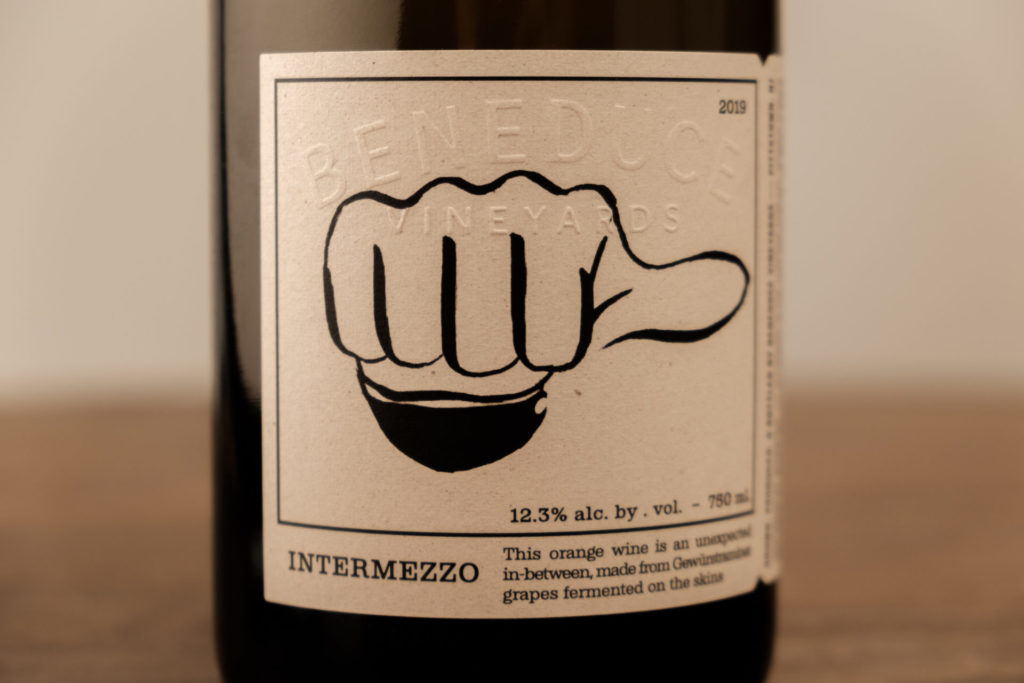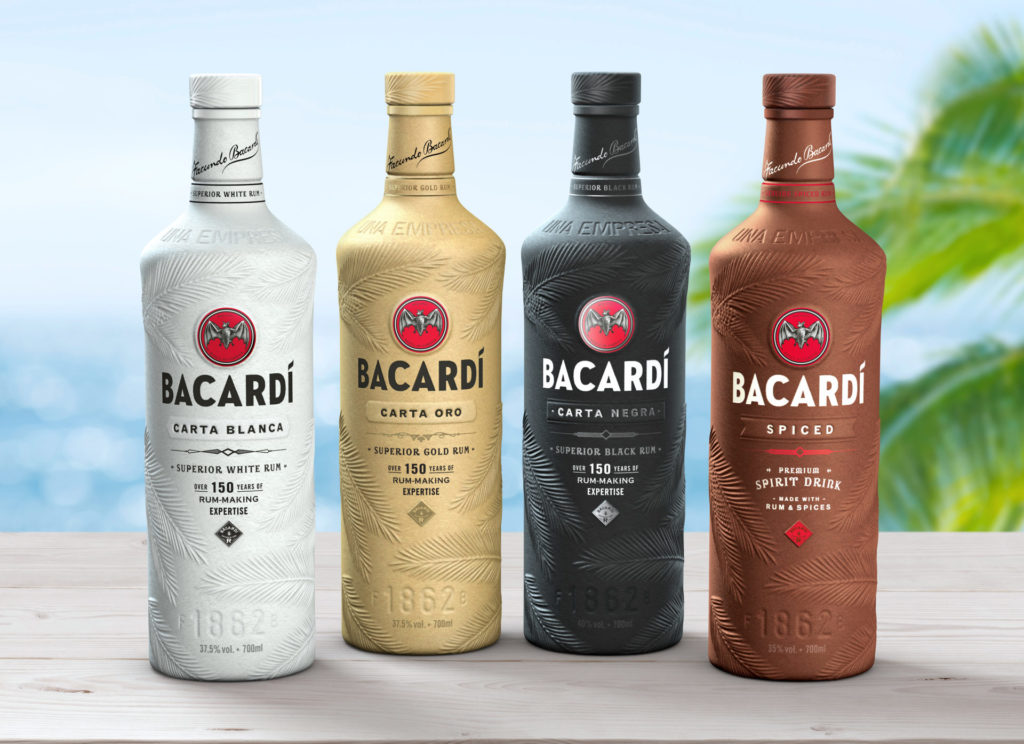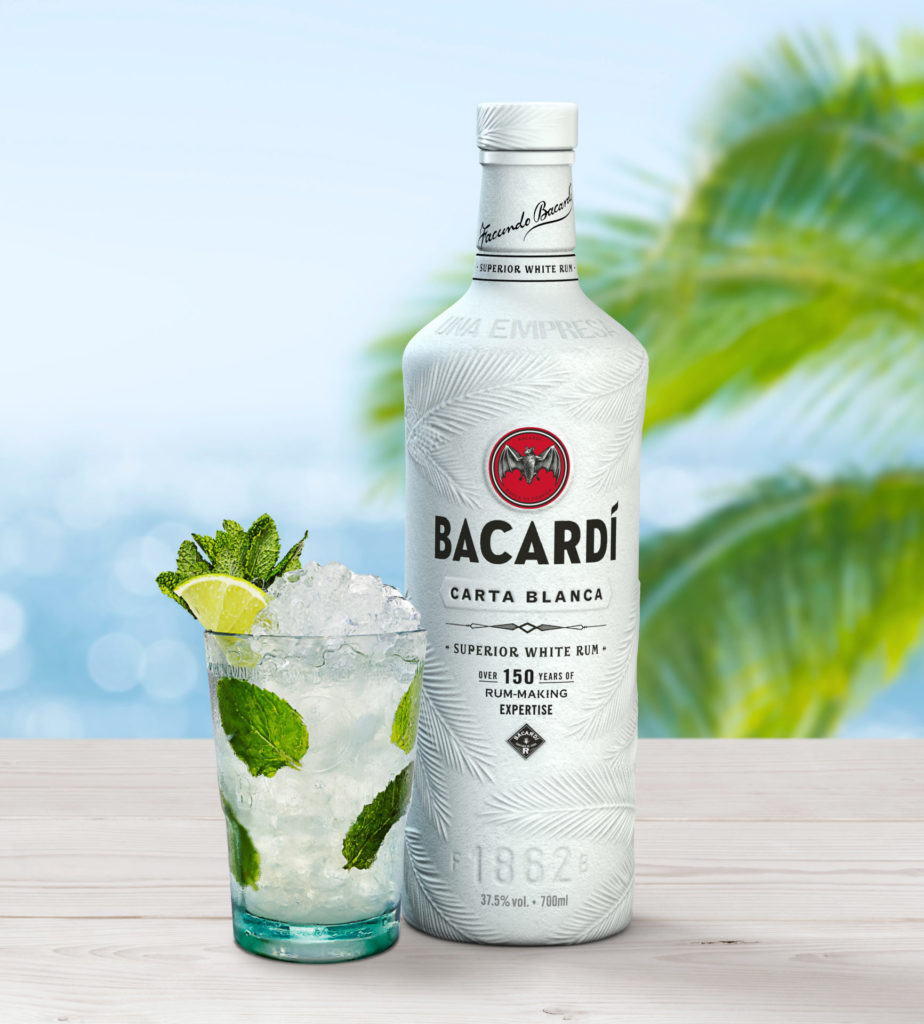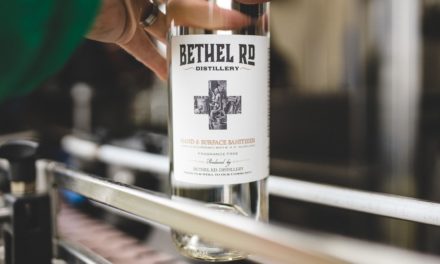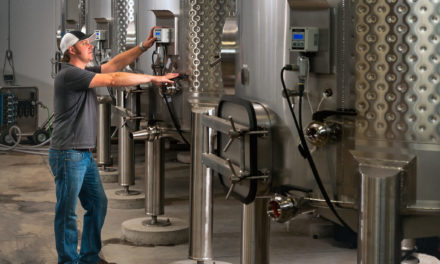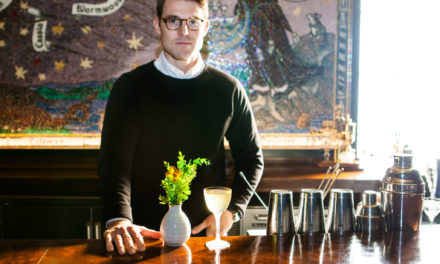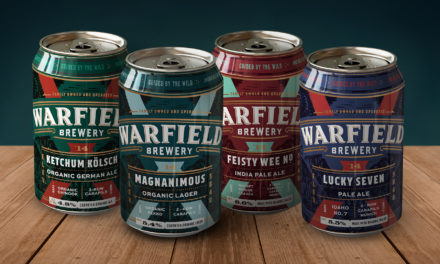The environmental challenges the alcohol beverage industry is facing are incredibly complex, and committing a business to sustainability is far from straightforward. It’s a commitment that requires a series of costly, interconnected choices, made almost daily, in boardrooms, fields, and production plants. These decisions create a ripple of effects that start from the brand itself and move outwardly to distribution and shipping partners, and even through the community in which they’re located.
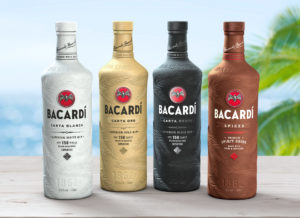 Because these decisions are so varied and intricate, one size doesn’t fit all. And then there’s the issue of consumer reception: Many now-successful environmentally responsible packaging initiatives (such as super lightweight bottles and screwcaps) hit the market and were initially greeted with suspicion, and sometimes downright hostility by the public, the media, and critics.
Because these decisions are so varied and intricate, one size doesn’t fit all. And then there’s the issue of consumer reception: Many now-successful environmentally responsible packaging initiatives (such as super lightweight bottles and screwcaps) hit the market and were initially greeted with suspicion, and sometimes downright hostility by the public, the media, and critics.
Thankfully, times are changing, and consumers are more willing to accept alternate packaging.
The Need
Packaging choices contribute more to a brand’s carbon footprint than many believe. In a recent study, the U.S. Environmental Protection Agency found that containers and packaging make up 28.1 percent of municipal solid waste, amounting to 82.2 million tons in 2018 alone. The greenhouse emissions created by packaging pollution have reached alarming proportions: A report from the non-governmental organization Tearfund found that four global drinks giants are responsible for more than half a million tons of plastic pollution annually, enough to cover 83 soccer fields per day. And because so much plastic gets dumped in developing countries, it gets burned, creating emissions equivalent to 4.6 million tons of CO2 per year, or 2 million cars on the road.
While beer, wine, and spirits are typically bottled in glass or aluminum, considered by experts to be more eco-friendly than plastic, the carbon footprint of their packaging is not insignificant. A study led by Carbon Trust, for example, revealed that packaging accounted for 40 percent of Carlsberg’s carbon footprint, prompting the international brewer to make system-wide changes.
Every producer in this article implements ecological initiatives in their fields and production facilities as well as packaging. Here are some of the strides that brands are making toward ever-greener packaging choices.

“Biodegradable bottles will replace pool-side bottles and airplane bottles, and are part of our larger initiative to be as ecologically progressive as possible.” —Rodolfo Nervi, Bacardi
The Vessel
The most obvious way to make a product’s packaging more eco-friendly is via its vessel. Winemakers, brewers, and distillers are going to great lengths to adopt the greenest container yet.
Bacardi is set to replace 80 million plastic bottles—which create 3,000 tons of plastic waste—produced across its portfolio of brands (including Bombay Sapphire gin, Patrón tequila, and Grey Goose vodka) with a completely biodegradable bottle. To do this, Bacardi teamed up with Georgia-based Danimer Scientific, which has created a biopolymer derived from plant seeds that biodegrades after 18 months instead of the 400 years it takes plastic to depart, often leaving microplastics in its wake.
“Most of our bottles are still glass, of course, which is 100% recyclable,” says Rodolfo Nervi, vice president of global safety and sustainability at Bacardi. “We have lightened [the bottles] considerably over the years, but we want to leave plastic behind completely, because it’s an unsustainable oil derivative. These biodegradable bottles will replace pool-side bottles and airplane bottles, and are part of our larger initiative to be as ecologically progressive as possible.” In 2016, Bacardi was also the first spirits company to commit to eliminating single-use plastic straws.
“Our goal is to be plastic-free,” Nervi says. By 2023, the biodegradable bottles will hit the shelves, and by 2030, Bacardi hopes to be completely plastic-free by removing even traces of it in bottle closures.
Smaller producers, such as Rochester, N.Y.’s Black Button Distilling, which sold 8,350 9-liter cases last year, focuses on localized—if sometimes neighbor-concerning and time-consuming—initiatives.
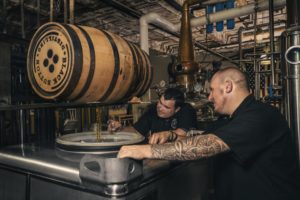
“The team and I took all of the bottles that we went through in our tasting room home with us to be recycled.” —Jason Barrett, Black Button Distilling
“Rochester offers commercial recycling now, but didn’t in 2012 when we got started,” says Jason Barrett, founder and head distiller. “The team and I took all of the bottles that we went through in our tasting room home with us to be recycled. After a few months of that, a neighbor reached out to my tasting room manager, concerned about her level of consumption because she was putting out recycling cans filled with empty bourbon and whiskey bottles every week,” he says, laughing. “It took some time to convince the neighbors nothing was amiss.”
Black Button has also shaved off the weight of its bottle from 800 to 550 grams, and works with the closest specialty glassmaker he could find to lessen the carbon footprint even further. “I’m still hoping to find one in New York, but for now we have a great one in the Midwest,” he says.
Start at the Suppliers
Glass bottle-makers like Saverglass, which has three glass production sites and three decoration sites in France, one glass production site in Belgium, one glass production and decoration site in Mexico, and one glass production site in the United Arab Emirates, produces 500,000 tons of premium glass and exports bottles to more than 100 countries annually. It’s aiming to meet the needs of the luxury segment with an industrial and technical framework that delivers premium quality without sacrificing social and ecological goals, says Régis Maillet, group marketing director at the company.

Saverglass produces bottles with as much as 70 percent cullet glass, as recycling does not detract from a bottle’s “physic-chemical performance.” —Régis Maillet, Saverglass
Saverglass has lowered its carbon footprint by using cullet (a granular material made by crushing bottles and jars usually collected from recycling programs) to replace raw materials like sand and lime, which must be extracted in sometimes unsustainable ways. The move saves energy in the process, because cullet fusion occurs faster and at a lower temperature; also, melting cullet generates fewer emissions. Saverglass produces bottles with “new” glass that can contain as much as 70 percent cullet glass, as recycling does not detract from a bottle’s “physic-chemical performance,” Maillet says. Saverglass also offers Eco-Design to wineries and distillers, which entails a number of eco-friendly production constraints in terms of weight and dimensions.
Some wineries, such as Santa Barbara, Calif.-based, 24,000-case Margerum and Barden, have explored new avenues of sustainability for obvious, and less obvious, reasons.
“We’re completely committed to ecological responsibility here, but we’ve backed into a few programs in strange ways,” admits owner Doug Margerum. “We started doing lighter bottles over the years because they have a lower carbon footprint, but they’re also easier to lift. I’ve also really pushed kegged wine in our tasting room and at local restaurants. It made me crazy to deliver 12 cases of wine per week to a restaurant, because there’s so much packaging to throw out, so I’ve moved a few to kegs. We also sell our wine in growlers from our tasting room.”
Margerum began producing a line of canned wine for Whole Foods at the grocer’s request, and was shocked to see it take off.
“It’s the same wine, at the same price, just in cans that sell for $11.99 each,” he says. “But people are loving it, and we’re increasing production this year, even though I never thought I’d do a canned wine.”
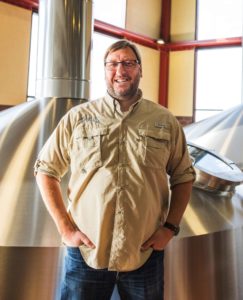
“If you put 15 instead of 12 beers in a pack, the ratio of beer to cardboard goes down.” —Brad Stevenson, Founders Brewing
The jury is still out on whether aluminum or glass is better for the environment, because the process of extracting aluminum can be harmful. But in the United States, aluminum gets recycled more readily, says Grand Rapids, Mich.-based Founders Brewing COO, Brad Stevenson. (Several studies back up his observations on recycling rates, with the EPA showing U.S. recycling of cans at about 50.4 percent versus 31.3 percent for glass.) “We do cans, bottles, and kegs,” Stevenson says, explaining that Founders sends about 600,000 barrels worth of beer out the door, about two-thirds of which is packaged in cans, with the remainder split between kegs and glass bottles. “The reusable keg is the best vessel, because its use is endless, and so much waste is eliminated that way.”
Toppers, Stoppers, & Ties
In a bid for next-level sustainability, brewers, winemakers, and distillers are also thinking about closures.
“In 2002, we were the first luxury wine brand in California to bottle 100 percent of our wines under Stelvin screwcaps with Saratin liners,” says Kathleen Inman, winemaker at Sonoma County’s Inman Family Wines, which produces around 4,400 cases per year. “[At the time], market research showed consumers wouldn’t spend more than $25 on wine—especially red—under a screwcap. I proved them wrong, and within a few years I had winemakers calling me and asking how we did it.”
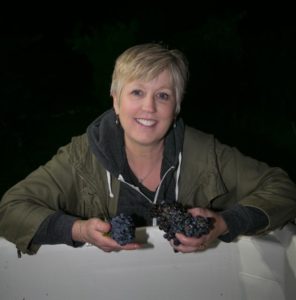
“We were the first luxury wine brand in California to bottle 100 percent of our wines under Stelvin screwcaps with Saratin liners.” —Kathleen Inman, Inman Family Wines
She opted to put wine under cap because “there were such high levels of cork taint [at the time], I thought it would be better, in the end, to produce wines I knew would deliver the quality I intended. At Inman Family Wines, we don’t add yeast, powdered tannins, or anything but a minimal amount of sulfur dioxide to our wines.I chose to bottle under screwcap for wine quality, bottle-to-bottle consistency, and because they allowed me to bottle with less free sulfur dioxide.”
Pittstown, N.J.’s Beneduce Vineyards, meanwhile, uses TCA-free DIAM cork, designed to be taint-free through its manufacturing process, which uses supercritical CO2 to extract compounds that cause sensory deviations, including TCA. The cork itself hails from continually replanted cork oak forests in the Mediterranean and southern Atlantic seaboard, which sequester enough carbon to make them essentially carbon negative, according to a DIAM-commissioned study from Cairn Environment.
“The most unsustainable thing I can think of is giving a customer tainted wine,” says Beneduce’s owner and winemaker, Mike Beneduce. “Not only will it likely turn them off from your brand, which is economically unsustainable, but all of the inputs that went into the production of the wine will literally go down the drain.”
Using cork is a no-go for Barrett at Black Button Distilling. “Spirits can dry cork out, which will ultimately degrade the product,” he says. “We use monoblock cork, which provides an everlasting seal and is produced in Pennsylvania and Ohio, which is closer to us and reduces the carbon footprint.”
Founders COO Stevenson is opposed to the use of plastic anywhere he can avoid it, so the brewery completely skips plastic ringers for canned beer and instead uses paperboard. The choice also affects their shipping strategies.
Shipping
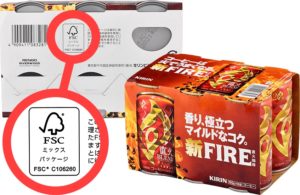
“For packaging materials, the full switch to FSC was achieved in November 2020.” —Keiichiro Fujiwara, Kirin
Sending product to thirsty consumers has become an ever-bigger chunk of every producers’ sales strategy during the pandemic.
Stevenson admits he’s been obsessed with shipping for years, though. “Our number one seller is our 15-pack in recycled cardboard,” he says. “Everyone hated it in the beginning, but we did it to eliminate waste, and it’s paid off.
“If you put 15 instead of 12 beers in a pack, the ratio of beer to cardboard goes down. More to the point, the corrugated cardboard tray that’s used to hold and carry two 12-packs by distributors is eliminated. That tray is just pure waste. Our distributors were upset [at first], but they’ve adjusted.”
Like Founders Brewing, Tokyo’s Kirin has rethought packaging in a number of ways. It uses corner-cut cartons that reduce the weight by 10.9 percent, and smart-cut cartons, which reduce weight by an additional 16 percent. Kirin is also the first beverage manufacturer in Japan to use 100 percent Forest Stewardship Council (FSC)-certified paper in its paper containers for alcoholic beverages and drinks.
Novo Fogo, a bicontinental organic spirits company with its distillery located in Brazil’s Atlantic Forest, has zeroed in on the ecological viability of every part of the production process.
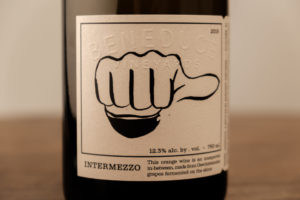
“The most unsustainable thing I can think of is giving a customer tainted wine.” —Mike Beneduce, Beneduce Vineyards
“We run our distillery with zero waste, and our entire business is carbon negative, including all the freight and transport,” says Novo’s founder Dragos Axinte. “We use recycled glass bottles, source packaging with high recycled content, and skip plastic ties for our four-packs of RTD cocktails in favor of paper boxes.”
When shipping DTC, notoriously eco-destructive closed-cell extruded polystyrene foam (XPS, commonly referred to as Styrofoam) is replaced with biodegradable packaging peanuts.
Inman and Beneduce have also shunned XPS and instead use cardboard boxes and pulp inserts made from 100 percent recycled material to ship wine to customers; everything is compostable.
“I hate Styrofoam so much, I’ve asked food trucks and other vendors who come to our winery to eliminate it too,” Beneduce says.
Labels, Office
The business of creating and labeling packaging can be extremely wasteful, producers say. In a bid to stymie the excess, Kirin uses FSC-certified labels for beer. It also switched to FSC-certified labels for office paper, business cards, and printed materials. “For packaging materials, the full switch to FSC was achieved in November 2020,” says Keiichiro Fujiwara, senior manager of Kirin’s CSV Strategy Department.
Beneduce’s office goes paperless whenever possible. When needed, the company uses only FSC-certified paper for internal documents as well as envelopes, labels, and anything else that needs to be printed. He also uses labels for his Crafted Wine series from Avery Dennison, which is an uncoated, wood-free paper made from 15 percent grape waste and 85 percent FSC certified pulp. Menus for the tasting room are also printed on the recycled grapeskin paper.
Saverglass, meanwhile, offers completely organic decoration services, including organic inks and designs that use limited energy consumption; about 73 percent of Saverglass decoration is done with organic ink.
Meta-Packaging
Where does packaging begin and end? It’s a philosophical quandary that many of the producers in this story consider every day.
At Beneduce and Inman, for example, their concept of packaging extends to the winery itself, where various recycled and repurposed materials were used in construction. Beneduce used reclaimed wood from a local mushroom farm (the wood is used to sprout the shrooms) to build out an addition to the winery; he used rocks dug up from fields he was planting to grapes to shore up the walls of the addition. Much of Inman’s entire winery is made from recycled materials, from the repurposed 1883 barn to the tasting room bar and counters, which are made from recycled barn boards, wine bottles, and cars.
Black Button and Novo Fogo think a lot about their aging vessels, re-toasting and reusing barrels, and sourcing them from coopers nearby who only use sustainable wood. Novo Fogo has seen first-hand how destructive deforestation can be to communities and feels complicit because of its own use of trees for barrel-aging. In response, it’s launched the Un-Endangered Forest project, which seeks to remove 36 rare species of trees from the endangered list. They identify mother trees from these species in the forest, harvest their seeds, plant them in nurseries, and then move them to forever homes on preserves, where they can establish colonies.
None of these producers is solving the climate crisis through packaging choices alone.
But it also wasn’t the invention of plastic—or cars, for that matter—that made 2019 1.8°F warmer than the 20th-century average, or put 11 percent (800 million people) of the world’s population in regions vulnerable to floods, droughts, and extreme weather caused by climate change.
We got here because of many separate developments, overlapping each other, combined with drastic changes in human behavior. To get to a better and more sustainable place, everyone—and every company—will have to more carefully weigh the implications of their own choices, as well as those of their vendors, suppliers, and communities.


